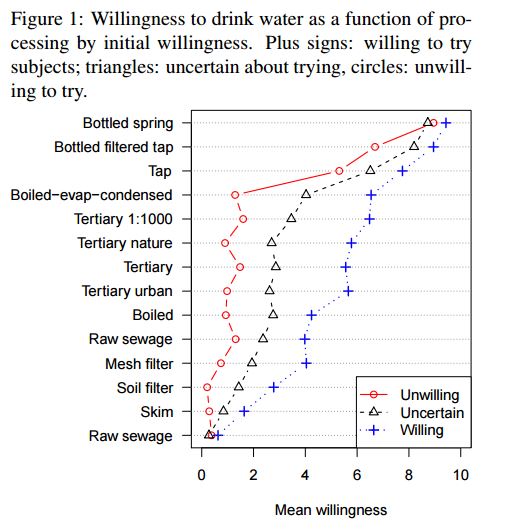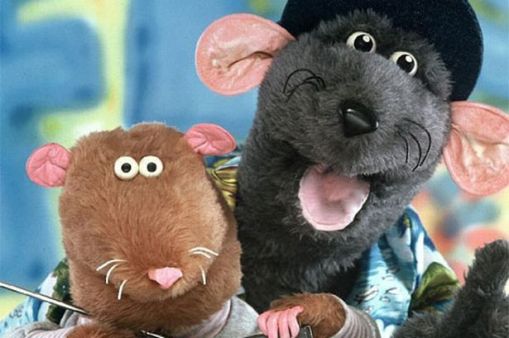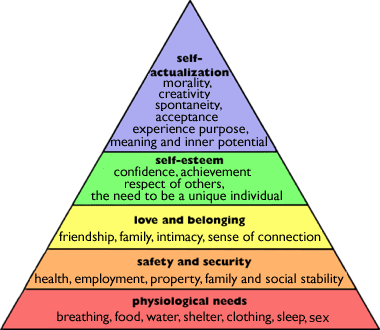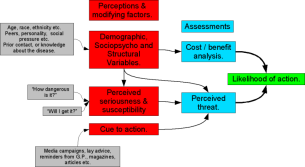
‘How was that done?’ the question we have all asked after witnessing a card trick or some other form of conjuring or illusion. We know it isn’t actual magic and that the illusionist, conjurer or magician has somehow manipulated our assumptions of what is going on with the intention to produce the desired effect. However such processes of misdirection mixed with genuine skill can be truly mind-blowing! Derren Brown, Dynamo, Penn and Teller and world famous in their ‘abilities’.
However can Psychology help us understand some of the key elements to our magical experiences and is the truth stranger than the fiction? How can Asch’s research or Loftus’ help us understand how the impact of the illusion can be heightened.
Listen to the episode of ‘All in the Mind’ to find out how Psychology helps us understand how some of these effects work.
The Psychology of Magical Thinking
Magical thinking is something slightly different. In 1890, the anthropologist J ames George Frazer described “magical” contagion, which seems to permeate societies around the world. Magical thinking is how we make false associations (or superstitions) that can form beliefs and impact the way we view our world and change our behaviour. This can impact all areas of our thinking but one of the most observable is in the area of Health Psychology, in particular, Sympathetic magical beliefs of which there are two ‘laws’- Contagion and Similarity. On of the strongest magical beliefs is that ‘everything happens for a reason‘.
ames George Frazer described “magical” contagion, which seems to permeate societies around the world. Magical thinking is how we make false associations (or superstitions) that can form beliefs and impact the way we view our world and change our behaviour. This can impact all areas of our thinking but one of the most observable is in the area of Health Psychology, in particular, Sympathetic magical beliefs of which there are two ‘laws’- Contagion and Similarity. On of the strongest magical beliefs is that ‘everything happens for a reason‘.

The Law of Contagion –Would you wear Hitler’s jumper?
The ‘Law of Contagion’ is an example of magical thinking. It is the belief once two objects or individuals have been in contact that a magical link persists between the two, in essence, once in contact, always in contact’. Would you wear Hitler’s jumper? is a question posed by psychologist Paul Rozin to allow people to test the strength of their own magical belief. Many report a feeling of discomfort at the idea, worried that some essence of the previous owner may in some way contaminate them. In health behaviour, magical thinking can relate to many situations, for example, individuals visiting someone with HIV or Cancer and them not wanting to shake hands or even use the same pen in fear of them becoming ‘infected’.
Thought Experiment; Would you be happy to drink recycled water?
However, these beliefs can produce powerful comfort in the objects once possessed by loved ones that something of them still remains and these possessions are often cited as those that are most precious to us. Consider the ‘One ring‘ in Lord of the Rings or the ‘Horcruxes’ in Harry Potter, both set within the world of magic and fantasy yet reinforcing a belief that is very much observable in everyday life.
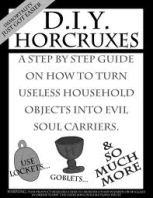
Comedian Richard Herring, grew a toothbrush moustache to attempt to break the strong association with Adolf Hitler. There is obviously nothing evil about the style of moustache, but would its association with Hitler still make the wearer less trustworthy, less honest or even evil, like the one ring would it have its own evil agenda?
The moustache made him so paranoid about what judgements people were making that he shaved it off after the first week.”As people passed they would start laughing about five yards behind me. A group of lads called me ‘Adolf’. I haven’t had any sense of anger but I think some people were intimidated or scared.”
“I thought that at any moment someone might smack me in the face. I was being judged by my appearance and being a white, middle-class man I’ve never looked to draw attention to myself before.
“I felt quite afraid and a bit upset. Then I wondered if I was upsetting anyone, and was it worth it if I had done.”
The Law of Similarity
The Law of similarity suggests that two objects that resemble each other share the same fundamental properties. Consider how a historic Malay custom, similar to that of a Voodoo doll, works which incorporates the fashioning of a doll in the image of an individual (similarity) incorporated with actual hair and fingernails of the person (contagion) which then is believed to hold the ‘essence’ of that person.
The APA published research in 2003 investigating how people can mistakenly claim authorship of occurrences–believing, for example, that they cause a disliked person’s headache when they prick a voodoo doll.
The law of similarity has two distinct notions, ‘like causes like’ which is the basis of homoeopathic medicine and ‘appearance causes reality’ the view that if something looks like something else that they share the same properties, is it rational to fear a picture of shark, for example?
Rozin et al (86) conducted research on 50 subjects investigating variations of both the law of contagion and similarity. He found people didn’t want to eat fudge that was presented like dog faeces (similarity), and participants are less accurate at throwing darts at pictures of people they like. How about a participant labelling a bottle themselves with the word ‘cyanide’ and then showing great reluctance to drink water from it? Rozin also tested whether particip[ants would drink from a vessel that had contained a dead ‘sterilised’ cockroach as it can be imagined the results were conclusive.
In regards to the recycled water question posed earlier, In the first series of studies, Rozin…asked adults in five cities about their backgrounds, their political and personal views, and, most important, their view on the concept of “recycled water.” On average, everyone was uncomfortable with the idea—even when they were told that treated, recycled water is actually safer to drink than unfiltered tap water. That discomfort, Rozin found, was all about disgust. Twenty-six per cent of participants were so disgusted by the idea of toilet-to-tap that they even agreed with the statement, “It is impossible for recycled water to be treated to a high enough quality that I would want to use it.” They didn’t care what the safety data said. Their guts told them that the water would never be drinkable. It’s a phenomenon known as contagion, or, as Rozin describes it, “once in contact, always in contact.” By touching something we find disgusting, a previously neutral or even well-liked item can acquire—permanently—its properties of grossness.
Watch the video on magical thinking to see how powerful an effect it can be.
Further Reading
Rozin P, Millman L and Nemeroff C (1986) Operation in Laws of Sympathetic Magic in Disgust and other domains. Journal of Personality and Social Psychology. Vol 50 No 4 pp 703-712
Rozin, P and Nemeroff. (2002) Sympathetic Magical Thinking: The Contagion and Similarity Heuristics, The Psychology of Intuitive Judgement pp 210-216


